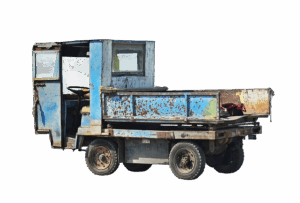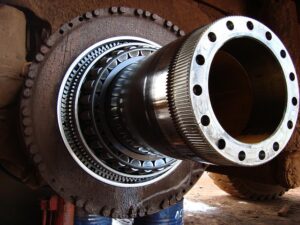Register Your Car: Step-by-Step DMV VIN Verification in California
Looking to register your car in California? It’s a straightforward process, but understanding the requirements is key. This guide walks you through every step, from gathering essential documents for a…….
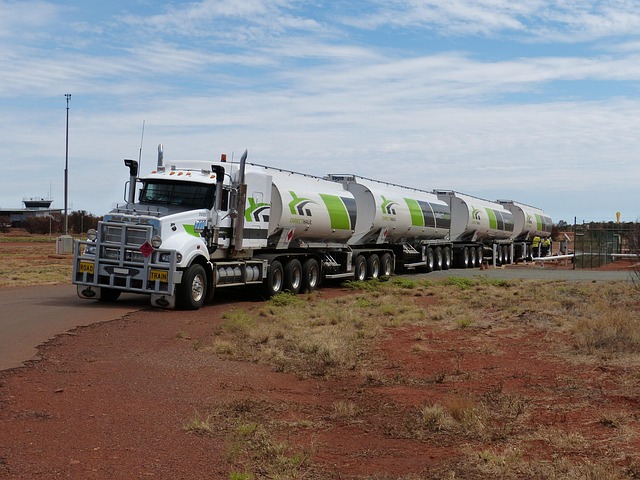
Looking to register your car in California? It’s a straightforward process, but understanding the requirements is key. This guide walks you through every step, from gathering essential documents for a successful DMV VIN verification to completing the registration online or in-person. We’ll also cover paying fees and receiving your license plate. By following these simple steps, you’ll be cruising down California roads in no time.
- Understand Requirements for Car Registration in California
- Gather Necessary Documents for VIN Verification
- Perform DMV Vehicle Identification Number (VIN) Check
- Complete Online or In-Person Registration Process
- Pay Registration Fees and Receive Your License Plate
Understand Requirements for Car Registration in California

Before registering your car in California, it’s crucial to understand the specific requirements and processes involved. One critical step is ensuring that your vehicle meets all safety and emissions standards set by the state. This includes a thorough DMV VIN verification, which checks the vehicle identification number (VIN) against manufacturer records to confirm its authenticity and compliance with regulations.
Additionally, you’ll need to have your car inspected for emissions to ensure it meets California’s strict environmental standards. A mobile vin verification or vin inspection by a certified professional can streamline this process, as they can perform both checks conveniently at your location. Having these documents in order will significantly facilitate the car registration process at the California Department of Motor Vehicles (DMV).
Gather Necessary Documents for VIN Verification

Before heading to the California DMV for VIN (Vehicle Identification Number) verification, make sure you have all the required documents. This process is a crucial step in registering your car, and having everything ready will help streamline the procedure. Gather important paperwork such as proof of ownership, registration certificates from previous states (if applicable), and any bills or receipts showing recent purchases related to the vehicle. Additionally, your driver’s license and valid insurance card are essential for identification purposes.
For a hassle-free experience, consider using a mobile VIN inspection service or a vin verifier app. These tools can help you quickly verify your car’s history and identify any potential issues before visiting the DMV. A simple online search for “mobile vin inspection” or “vin inspection near me” can connect you with reliable services that offer this convenience.
Perform DMV Vehicle Identification Number (VIN) Check
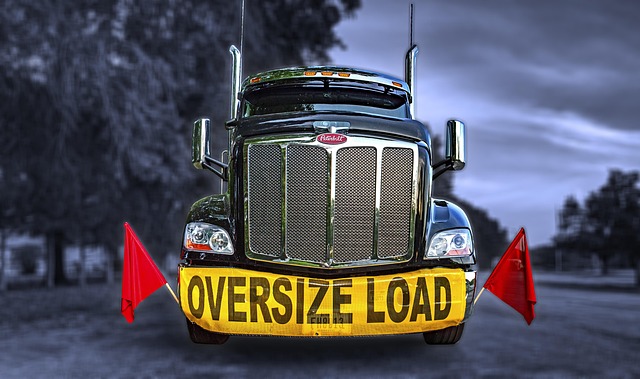
Before proceeding with the registration process, it’s crucial to perform a DMV Vehicle Identification Number (VIN) check. This step is essential for ensuring that the vehicle you’re looking to register has no outstanding issues or discrepancies. You can conduct this verification through various means, including an online check offered by the California Department of Motor Vehicles (DMV). Alternatively, consider opting for a mobile VIN inspection or verification service, which allows for a more convenient and time-saving approach.
During the vin inspection, you’ll need to provide your vehicle’s unique VIN number, which can typically be found on the car’s registration papers or under the hood. The DMV system will cross-reference this information with their records to confirm the vehicle’s identity and condition. Once this verification is complete, it ensures that the car meets all legal requirements, paving the way for a smooth registration process.
Complete Online or In-Person Registration Process
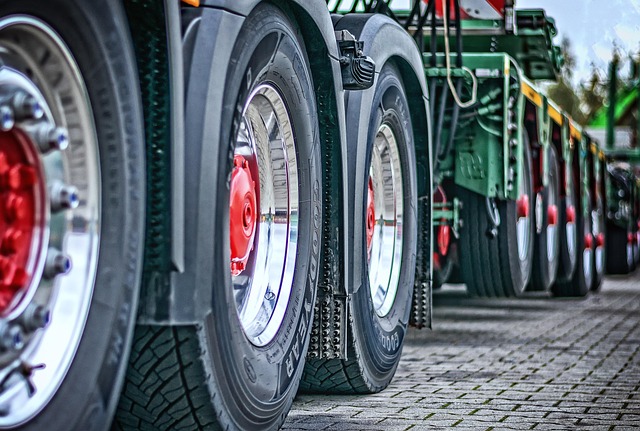
In California, registering your car involves either completing the process online or in-person at a Department of Motor Vehicles (DMV) office. Both methods start with a thorough vehicle inspection, including a critical dmv vin verification to ensure the vehicle’s identity and history match the information provided. This step is crucial for preventing fraud and ensuring road safety.
For an efficient registration, consider utilizing a mobile vin verifier or performing a vin inspection yourself before visiting the DMV. These tools streamline the process by providing real-time data on your vehicle’s history, including previous owners, maintenance records, and any reported accidents. This information empowers you to make informed decisions and potentially saves time during the registration process.
Pay Registration Fees and Receive Your License Plate

After completing your vehicle’s registration application at the DMV or online, it’s time to settle the fees associated with licensing your car in California. The cost can vary depending on your vehicle’s type and age, but typically includes a base fee and additional charges for emissions testing, if applicable. Once you’ve reviewed the breakdown of costs, you can proceed with payment using approved methods like cash, card, or check.
Upon successful payment, you’ll receive your license plate, which is a crucial step in legally operating your vehicle on California roads. In some cases, especially when dealing with a mobile vin verifier or undergoing a mobile vin inspection to ensure vehicle history accuracy, the DMV may issue temporary plates while awaiting permanent ones. Ensure that your license plate is securely attached to your car as per the provided instructions for a smooth and legal driving experience.
Registering a car in California is a straightforward process that requires understanding key steps and gathering essential documents. By adhering to these guidelines, including performing a DMV VIN verification, you can efficiently complete the registration either online or in-person. Remember to keep your paperwork organized and ensure all information is accurate for a smooth experience.

